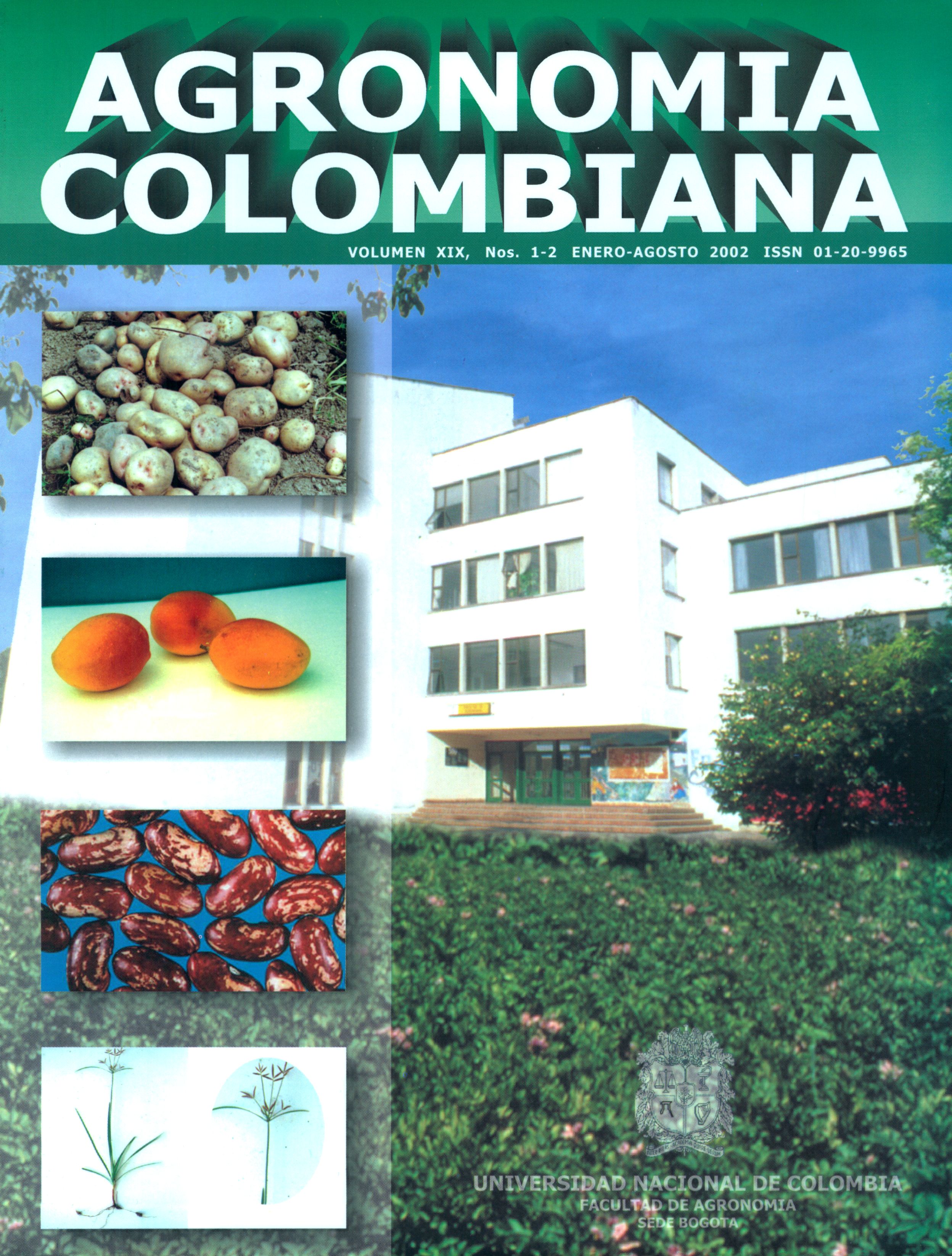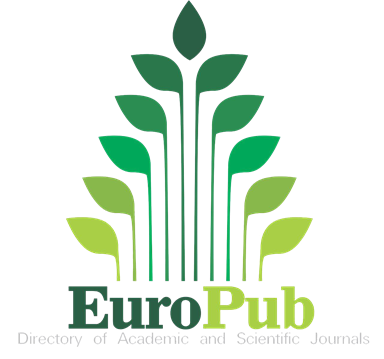Crecimiento físico y anatómico del fruto de arazá (Eugenia stipitata Me Vaugh)
Physieal and anatomieal growth of araza fruit (Eugenia stipitata Me Vaugh)
Keywords:
anatomía, región amazónica, desarrollo fruto, estomas, tejidos (es)amazon region, fruit development, anatomy (en)
Downloads
madurez comercial del fruto de arazá es de 55 ± 5 días. Se identificaron 3 etapas de crecimiento, la primera de división celular, la segunda de máximo crecimiento, la cual corresponde a la expansión celular y una etapa final de estabilización del crecimiento. El tejido principal del fruto de arazá es el parénquima, cuyas células son inicialmente pequeñas, de paredes gruesas y de tamaño uniforme. En la última etapa del crecimiento dichas células aumentan de tamaño y presentan formas irregulares, con paredes adelgazadas, que se rompen durante la senescencia. El epicarpio del fruto de araza es monoestratificado, con una delgada capa de cera discontinua; en él se pueden identificar estomas cuyo número promedio es de 0.3 estomasxmm'. Su tamaño y apariencia permiten inferir que no son funcionales en la etapa de maduración del fruto, pero no se descarta que puedan contribuir de manera parcial a su transpiración. La pérdida de firmeza del fruto durante la maduración puede
estar causada por la ausencia de tejido de sostén.
fruit of arazá were studied from the anthesis to ripening. It was registered and analyzed the longitudinal and transverse diameters, fresh and dried weight, firmness, and anatomical, modifications. lt was found that 55 ± 5 days occurred between the anthesis into the commercial ripeness of the fruit of arazá. Three stages of growth were identified: the first one, cellular division, the second one, maximum growth, during which the cellular expantion takes place, and a final state of stability of the growth. The fruit anatomical study showed the parenchyma as principal tissue. In the first two steps cells are small and well defined, while at the fruit senescence cells are big, irregular and with thin walls. Arazá fruit presents stomes
in the epicarp, but its density and shape indicate that would be unfuctionals. Fruit softness during maturity could resulted from the stand tissues in the mesocarp.
References
-
How to Cite
APA
ACM
ACS
ABNT
Chicago
Harvard
IEEE
MLA
Turabian
Vancouver
Download Citation
Article abstract page views
Downloads
License
Copyright (c) 2002 Agronomía Colombiana

This work is licensed under a Creative Commons Attribution-NonCommercial-ShareAlike 4.0 International License.
© Centro Editorial de la Facultad de Ciencias Agrarias, Universidad Nacional de Colombia
Reproduction and quotation of material appearing in the journal is authorized provided the following are explicitly indicated: journal name, author(s) name, year, volume, issue and pages of the source. The ideas and observations recorded by the authors are their own and do not necessarily represent the views and policies of the Universidad Nacional de Colombia. Mention of products or commercial firms in the journal does not constitute a recommendation or endorsement on the part of the Universidad Nacional de Colombia; furthermore, the use of such products should comply with the product label recommendations.
The Creative Commons license used by Agronomia Colombiana journal is: Attribution - NonCommercial - ShareAlike (by-nc-sa)

Agronomia Colombiana by Centro Editorial of Facultad de Ciencias Agrarias, Universidad Nacional de Colombia is licensed under a Creative Commons Reconocimiento-NoComercial-CompartirIgual 4.0 Internacional License.
Creado a partir de la obra en http://revistas.unal.edu.co/index.php/agrocol/.




















